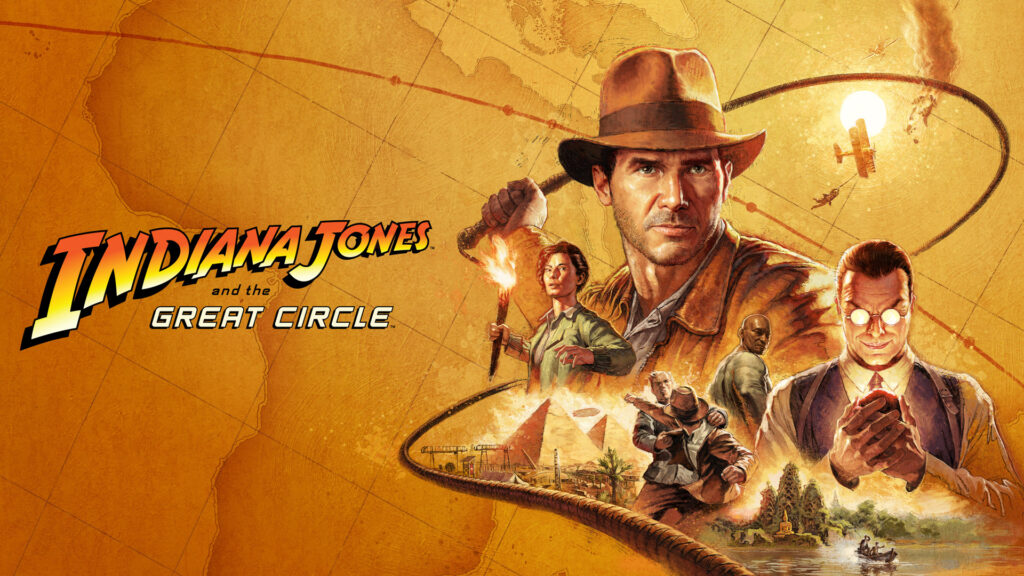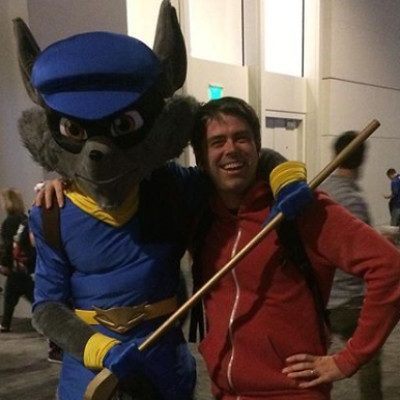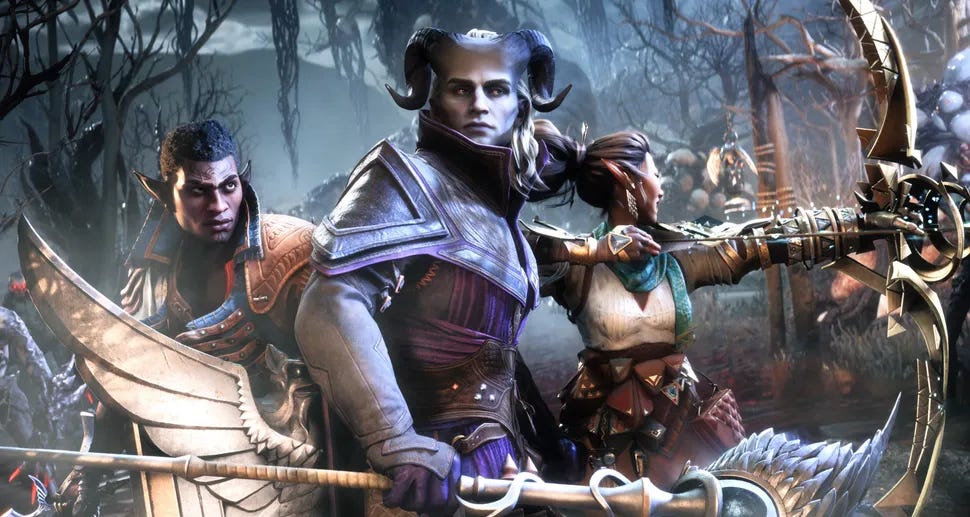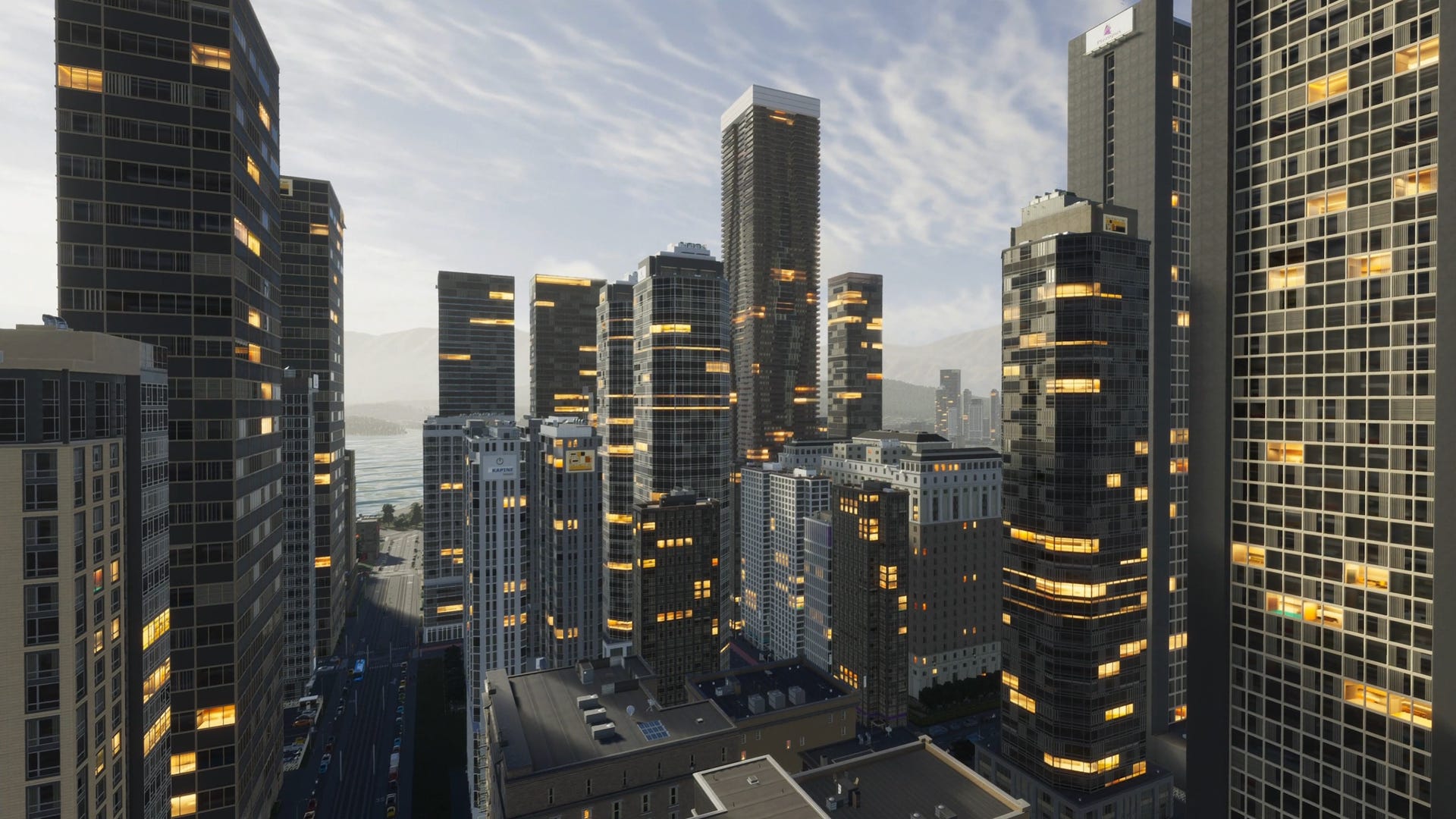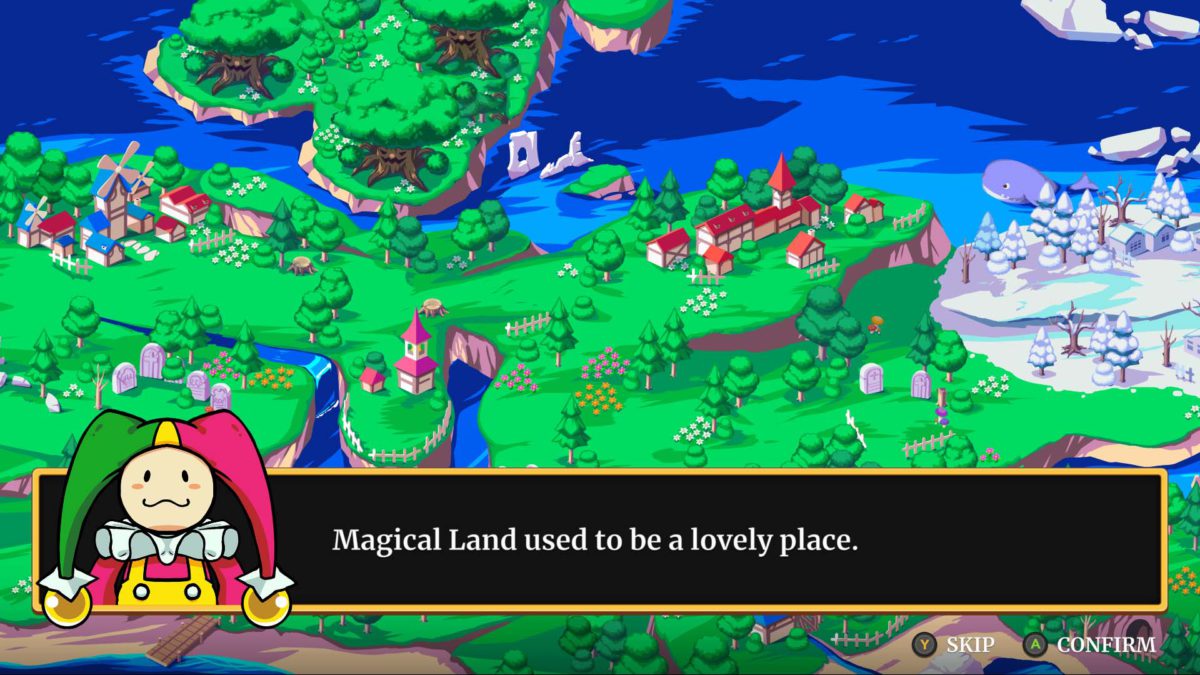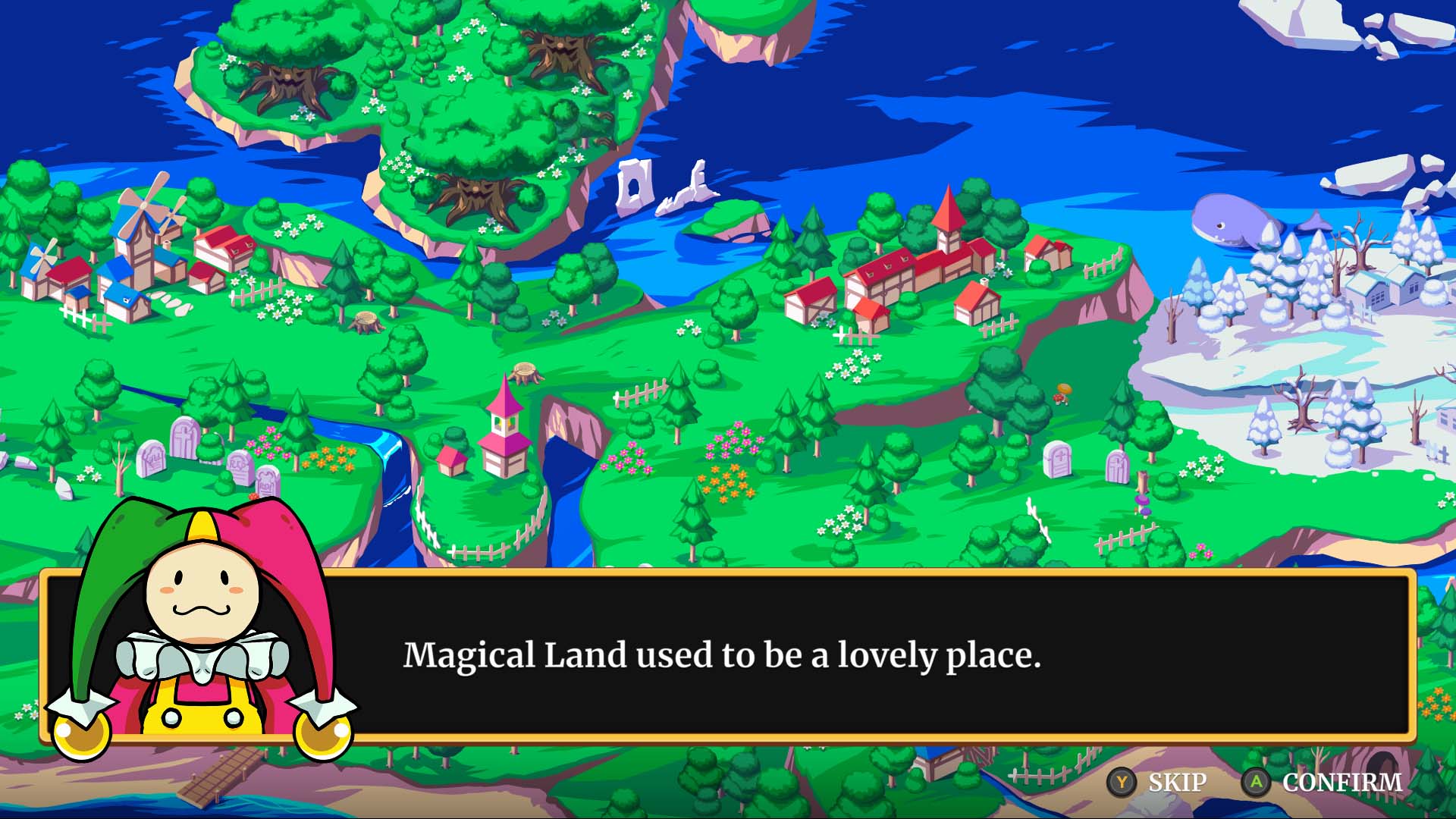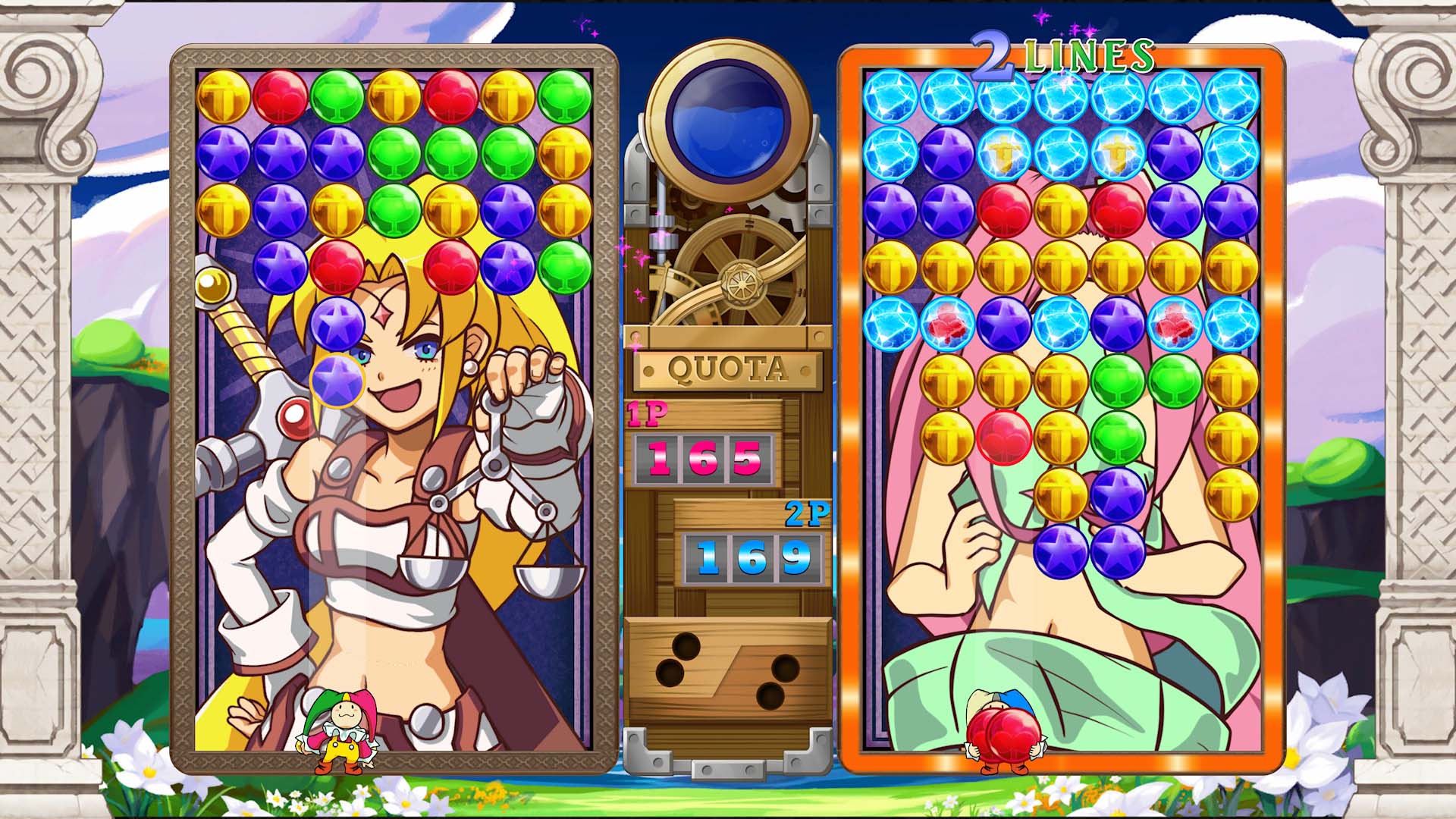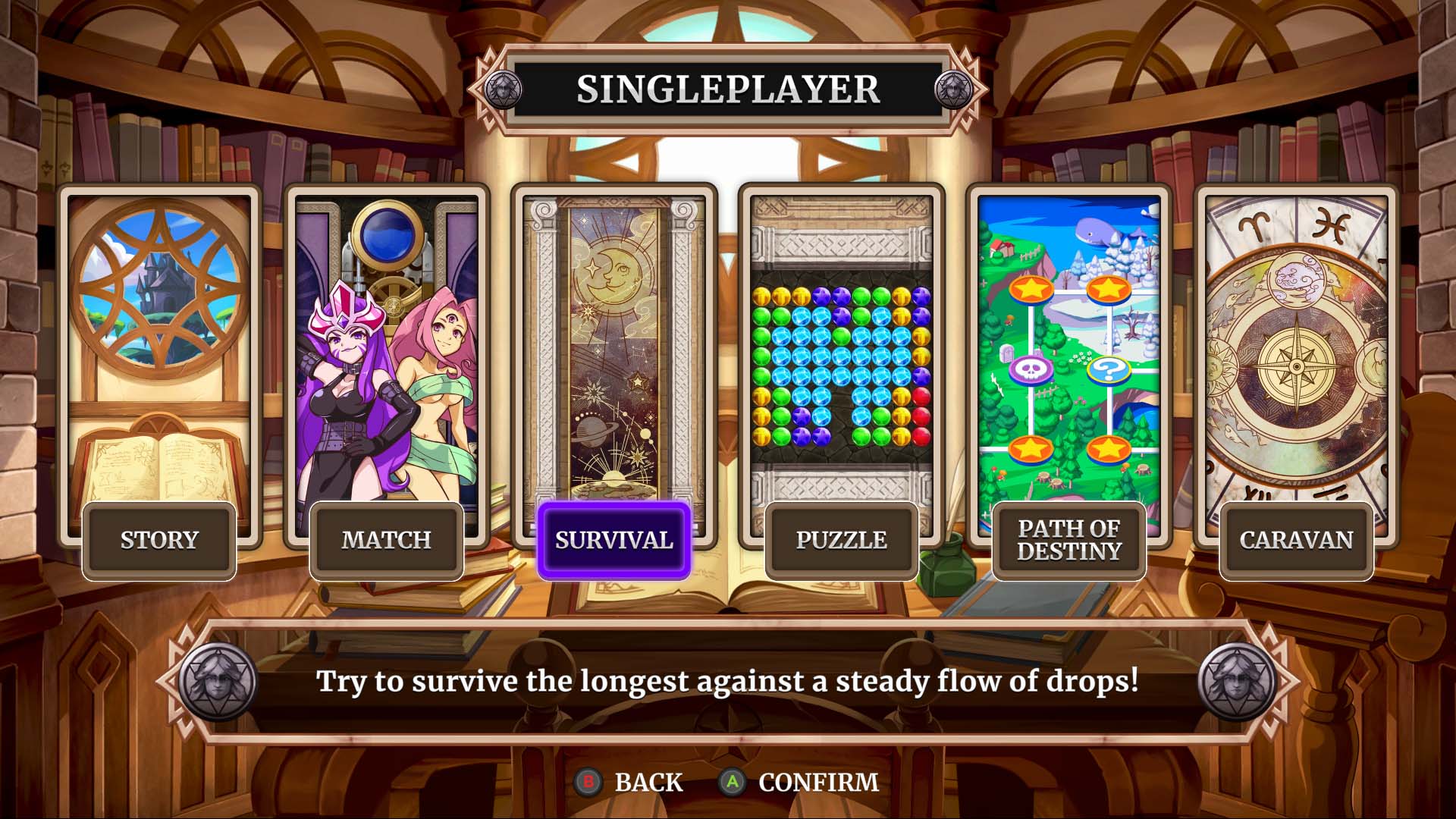Indiana Jones and the Great Circle made a grand appearance at Xbox Games Showcase 2024 last weekend, showing off new gameplay, revealing new elements of the story, and treating us to an extended scene set in the Himalayas, as Indiana and new companion Gina attempt to recover a relic while avoid the clutches of colonel Viktor Gantz.
On a special episode of the Official Xbox Podcast, host Malik Prince got to talk more about the trailer and the wider game, joined by MachineGames’ Jerk Gustafsson, Game Director, and John Jennings, Production Director. If you want to watch the full interview, check it out below – or read on for the new details.
Indiana Jones and the Great Circle’s development is in full swing, and what we’ve seen of the game promises a truly authentic Indiana Jones adventure – both in storyline and gameplay.
“The story kicks off when an ancient relic is stolen from the college where Indiana Jones works,” explained Gustafsson. “He’s determined to track down the thief, and he stumbles into this ancient conspiracy involving the theory of the Great Circle, as we call it. The Great Circle is a strange alignment of ancient sites around the globe, and a set of mysterious artifacts connect to it. But Indy isn’t the only one in search of answers. The enemy are scouring the world for these artifacts, believing that they hold some kind of power – and to stop them there’s only one thing he can do, and that is to find the artifacts first.”
This kicks us off on a classic globe-trotting adventure, beginning in the corridors of Indy’s beloved Marshall College, before taking in the Himalayas, the ancient jungle sites of Sukhothai in Thailand, the Vatican (an all-new location for an Indiana Jones project), the Pyramids of Giza in Egypt, and more. It’s the kind of set-up you’d hope for from an Indiana Jones story, but it stemmed from a perhaps unexpected source:
“It actually started with an idea from [Bethesda Game Studios director and executive producer] Todd Howard,” said Gustafsson. “He had been thinking for years about creating a story around the concept of the Great Circle, so when we got this opportunity to work on an Indiana Jones game it felt like the perfect match.”
Of course, that idea was just the starting point, and the team at MachineGames has worked incredibly closely with Lucasfilm Games to ensure that their original adventure would feel faithful to movies it sits alongside.
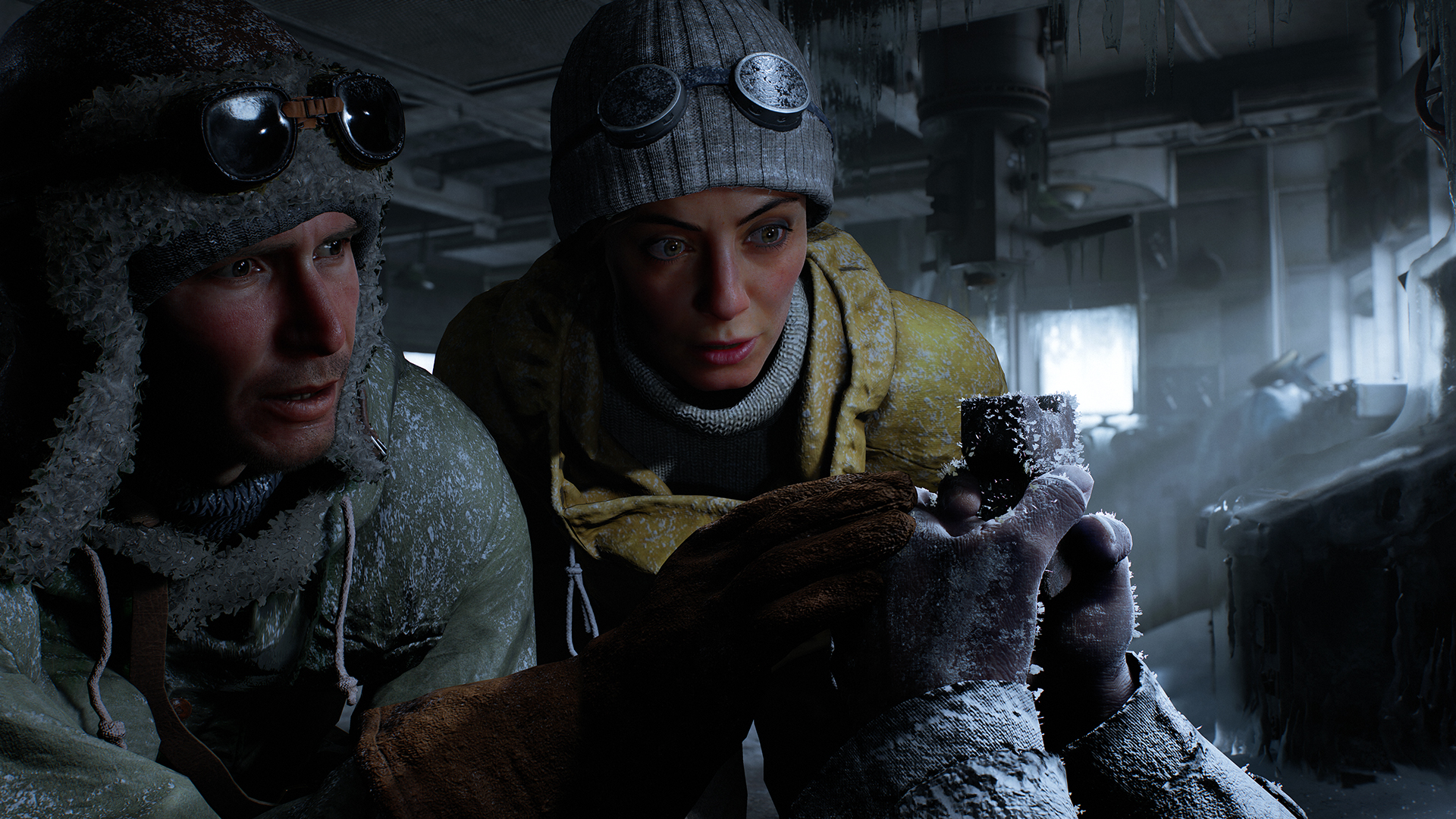
“We spent countless hours just rewatching the films – especially the two movies that are closest to the game, which are Raiders of the Lost Ark and the Last Crusade,” said Gustafsson. “In addition, we have one of the best resources through our partnership with Lucasfilm Games, and working together with them on this project has been invaluable, just this cave of knowledge about the character, which has been fantastic.”
“It’s been great having access to writers, art directors from Lucasfilm, people who worked with the Indiana Jones property for decades,” continued Jennings. “Having their input – I mean, some of these people know everything that has ever been written about Indy – and having them to bounce ideas off, and get some of their own input has been hugely, hugely invaluable.”
That partnership came with perks for fans on the team, too: “We managed to get access into some of the Lucasfilm archives as well,” said Jennings, “which for Indy fans has been an absolute dream come true, to get access to some of these things that perhaps not so many people have seen.”
The research has been deep. Writers and artists on the team studied not just the films, but comics and books, not to mention had recreations of Indy’s costume created – including his iconic fedora, reproduced by the same hatmaker that created the original for Raiders of the Lost Ark. On the musical side, longtime Lucasfilm Games collaborator Gordy Haab (who recently won a Grammy for his work on the Star Wars Jedi: Survivor soundtrack) has been brought in to create a score John Williams would be proud of.
That authenticity extends to the characters involved, too. While most of the cast will be brand new faces for the franchise, the latest trailer showed us more of Indy’s friend, Marcus Brody: “Because we start the story in Marshall College it made sense to have Marcus there, to sort of ground it in the familiarity of Indy’s home base,” said Gustafsson – before going onto tease that we’ll see cameos from other classic characters along the way, too.
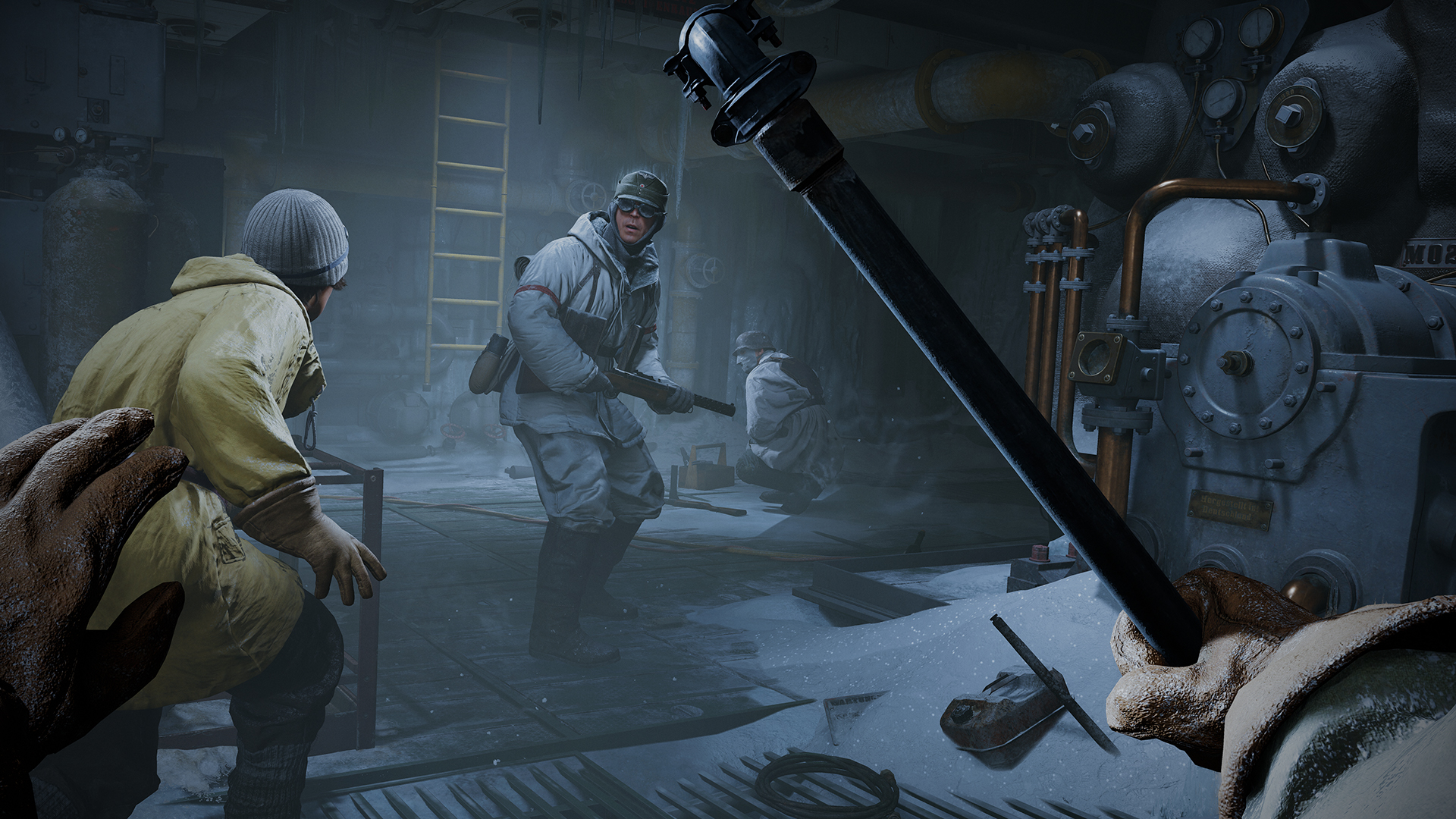
Of course, the most important element for authenticity was in getting Indy himself right, and the team found a perfect partner in renowned actor Troy Baker:
“It was maybe an unexpected choice at first, but from the moment we watched his audition tape we were just totally sold,” said Jennings. “He’s just a great actor. He’s put so much effort into the role as well – you can tell he’s just this huge, huge fan of Indiana Jones […] We’ve just been in a [voiceover] session recently with him, and he was improvising lines. You know, ‘Wouldn’t Indy say it a bit more like this?’ Or commenting on lines that we’ve written that we thought were subtle Easter Eggs just for the die-hard Indy fans, and he’ll pick up on it straight away.”
Baker’s performance doesn’t just extend to a great impression of Harrison Ford, either. “He’s not just a voiceover actor, he’s the full thing,” Jennings continued. “We do full performance capture: the body, the face, and the voice all recorded at the same time. And he’s got the physical acting nailed down as well. He does a really, really good job of capturing the character of Indy – specifically his character in the first few movies, the earlier ones, which is where our game is set of course. He just does it perfectly.”
This has been a new kind of development process for MachineGames, and that extends to the game itself. “It’s a little bit different, this game, for us, in many ways,” said Gustafsson. “We are very used to having heavy weapons, gun-blazing shooters – and this is a little bit different. We are making a proper adventure game here.”
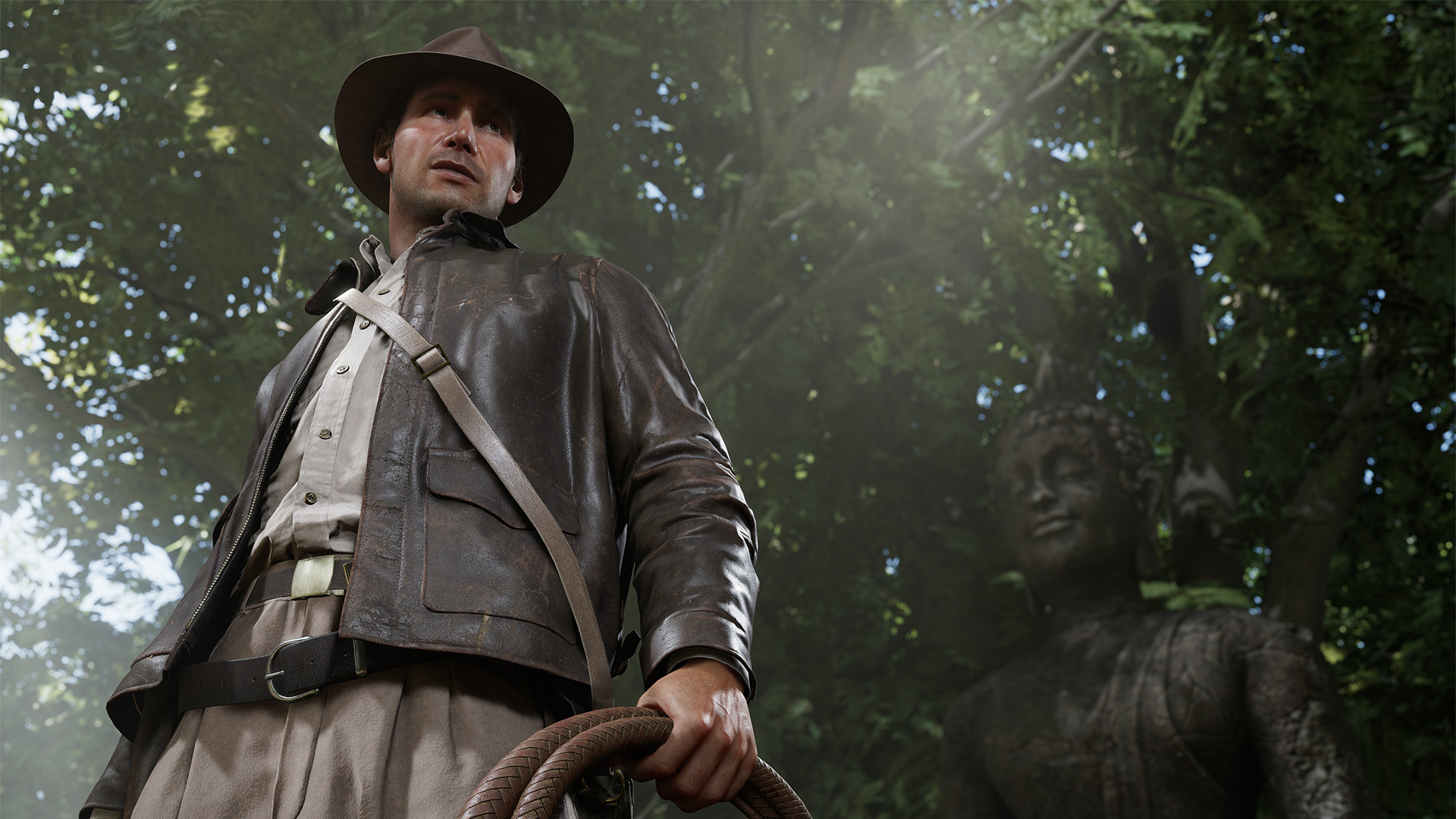
While the team’s acclaimed Wolfenstein games were brutal, frenetic shooters, Indiana Jones and the Great Circle offers an experience more befitting of the world’s most famous archaeologist.
“He solves problems with his mind first and really relies on smarts, and not this excessive combat that we have seen or done before with the Wolfenstein games,” explained Gustafsson. “When you are playing the game, choosing the more authentic stealthy Indy route – or just some classic old fist-fighting – will be a benefit to the player more times than not, and also make for a very fun and challenging experience.”
In playing as Indy, we’re not rampaging through the world, but stopping to solve puzzles, and trying to avoid conflict when we can. The team wanted to avoid turning the character we know into a superhero.
“He is flawed, he makes mistakes, he stumbles, there is weight to his movement, and we have this gritty, pulpy edge to the action,” continued Gustafsson. “But at the same time he’s also rather athletic, he’s an excellent fighter, and he also has an enormous amount of luck as well – and at the same time he’s the best archaeologist in the world. So focusing on all of these things, in a way it makes the game feel in line with these classic matinee action-adventures that the movies were celebrating, something I think Indy himself also personifies in a way.”
To do that, the game will primarily be set in first-person – a perspective that MachineGames is very familiar with, a key way to help players feel like they’re truly walking in his shoes, and an exciting point of difference when looking at the wider action-adventure genre as a whole. In key moments, however, we will see the character in third-person, letting us live those filmic moments from the outside.
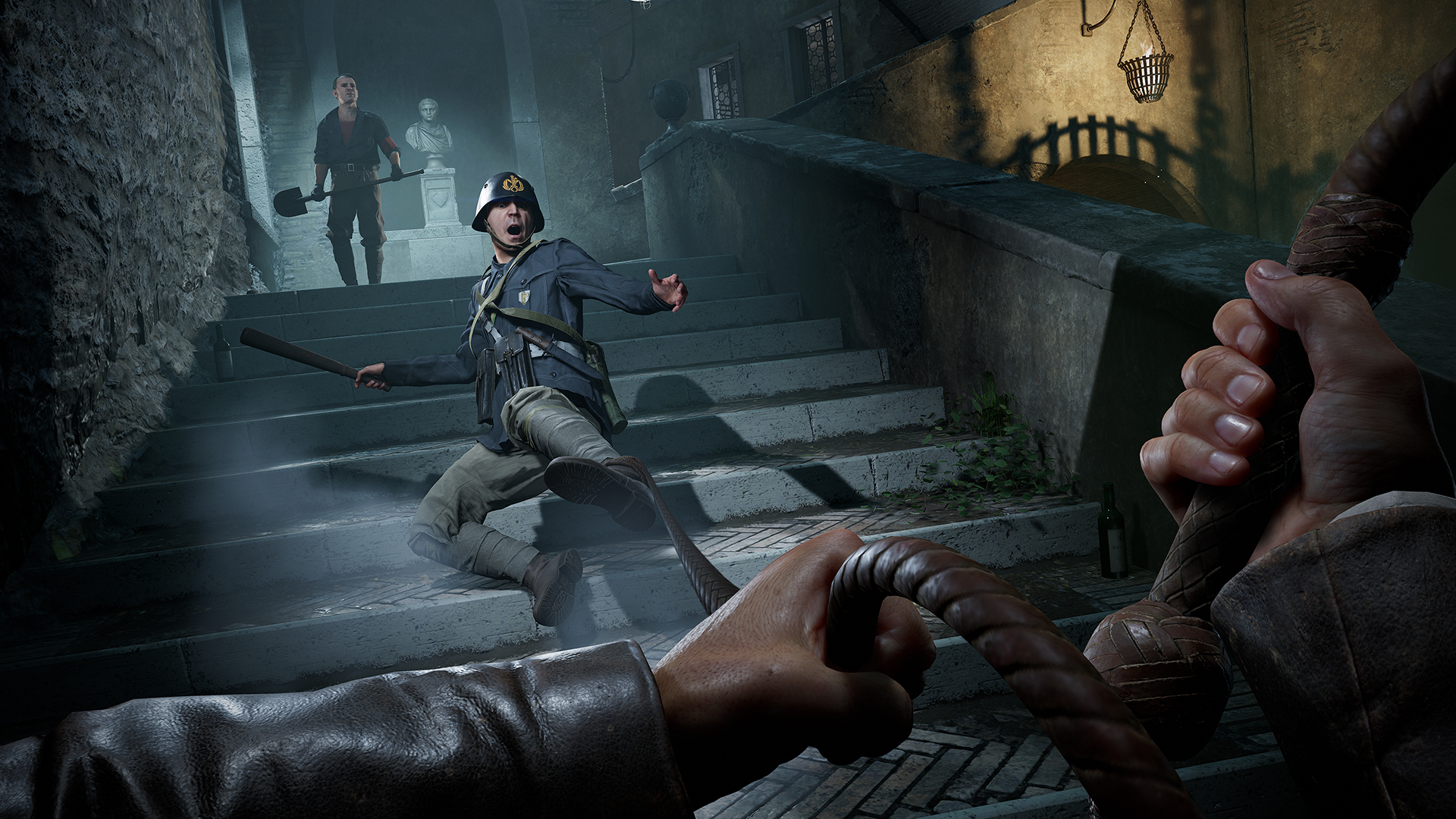
And speaking of filmic moments, the trailer ended with a callback to perhaps one of the most famous sequences in movie history – Indy’s rolling boulder escape. We had to ask how that made it into the game, and whether we’ll be able to play it. But Gustafsson wanted to keep some mystery before Indiana Jones and the Great Circle arrives:
“That’s unfortunately one of those things where I just have to say: ‘You’ll have to wait and see.’”
Play Indiana Jones and the Great Circle day one on Game Pass when it launches later this year on Xbox Series X|S and PC.

Indiana Jones and the Great Circle
Bethesda Softworks
 , a first-person, single-player adventure set between the events of Raiders of the Lost Ark
, a first-person, single-player adventure set between the events of Raiders of the Lost Ark and The Last Crusade
and The Last Crusade . The year is 1937, sinister forces are scouring the globe for the secret to an ancient power connected to the Great Circle, and only one person can stop them – Indiana Jones
. The year is 1937, sinister forces are scouring the globe for the secret to an ancient power connected to the Great Circle, and only one person can stop them – Indiana Jones . You’ll become the legendary archaeologist in this cinematic action-adventure game from MachineGames, the award-winning studio behind the recent Wolfenstein series, and executive produced by Hall of Fame game designer Todd Howard.
. You’ll become the legendary archaeologist in this cinematic action-adventure game from MachineGames, the award-winning studio behind the recent Wolfenstein series, and executive produced by Hall of Fame game designer Todd Howard.YOU ARE INDIANA JONES
Live the adventure as Indy in a thrilling story full of exploration, immersive action, and intriguing puzzles. As the brilliant archaeologist – famed for his keen intellect, cunning resourcefulness, and trademark humor – you will travel the world in a race against enemy forces to discover the secrets to one of the greatest mysteries of all time.
A WORLD OF MYSTERY AWAITS
Travel from the halls of Marshall College to the heart of the Vatican, the pyramids of Egypt, the sunken temples of Sukhothai, and beyond. When a break-in in the dead of night ends in a confrontation with a mysterious colossal man, you must set out to discover the world-shattering secret behind the theft of a seemingly unimportant artifact. Forging new alliances and facing familiar enemies, you’ll engage with intriguing characters, use guile and wits to solve ancient riddles, and survive intense set-pieces.
WHIP-CRACKING ACTION
Indiana’s trademark whip remains at the heart of his gear and can be used to distract, disarm, and attack enemies. But the whip isn’t just a weapon, it’s Indy’s most valuable tool for navigating the environment. Swing over unsuspecting patrols and scale walls as you make your way through a striking world. Combine stealth infiltration, melee combat, and gunplay to combat the enemy threat and unravel the mystery .
THE SPIRIT OF DISCOVERY
Venture through a dynamic mix of linear, narrative-driven gameplay and open-area maps. Indulge your inner explorer and unearth a world of fascinating secrets, deadly traps and fiendish puzzles, where anything could potentially hide the next piece of the mystery – or snakes. Why did it have to be snakes?
The post Indiana Jones and the Great Circle: New Details Revealed on the Official Xbox Podcast appeared first on Xbox Wire.

